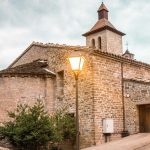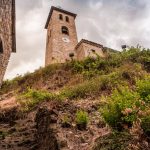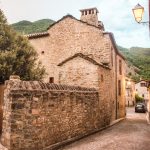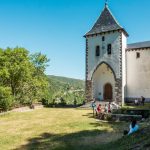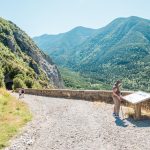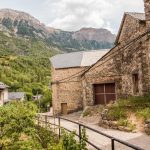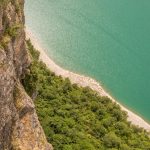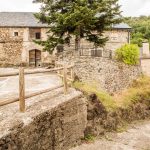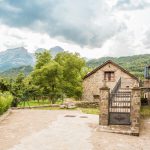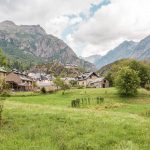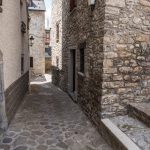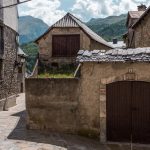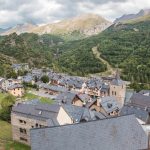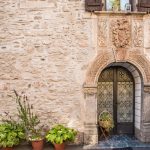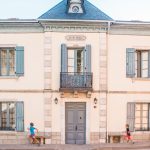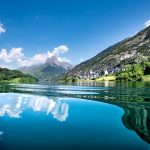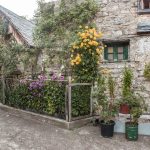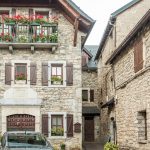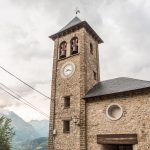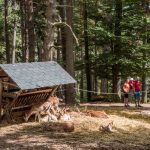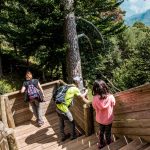Lárrede
local_hotelAccommodationrestaurantRestaurant
At the gates of the Aragonese Pyrenees and on the left bank of the Gállego, only 8 kilometres from Sabiñánigo, lies the beautiful municipality of Lárrede. The village is situated between the 15th-century defence tower called Torraza or Torre del Moro and the 10th-century San Pedro church, which is part of the “Route of the Serrablo Churches“.
The generic term Serrablo is precisely the one used by historians and specialists to bring under the same name a group of Lombard-Romanesque churches built between the 10th and 11th centuries, with a series of homogeneous stylistic peculiarities. San Pedro de Lárrede is the best and most unique example of this beautiful group.
Walking through the town, we can enjoy not only the view of the Pyrenees and the paths suitable for the whole family, but also the splendid stone houses where we can visit the Casa Isabal, a 17th-century manor for the lower nobility and the Interpretation Centre of the Serrablo churches.






















